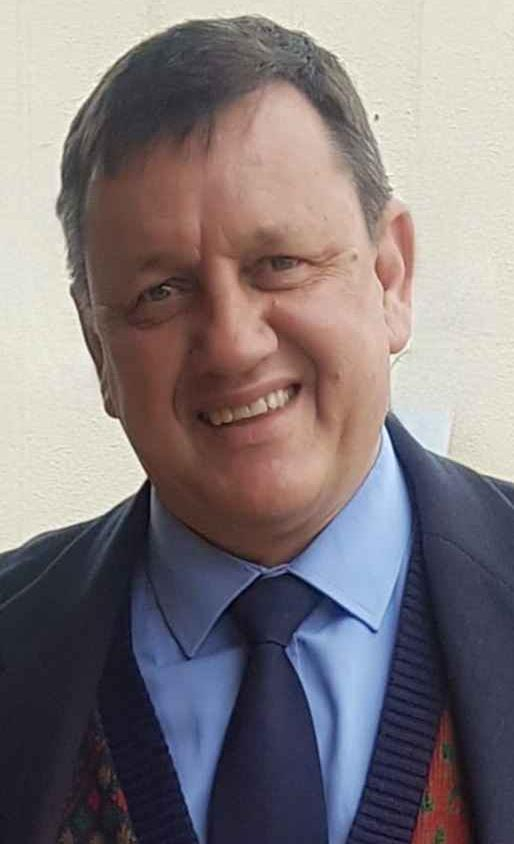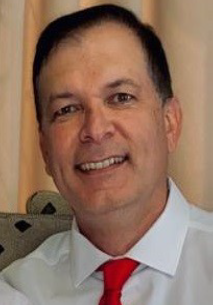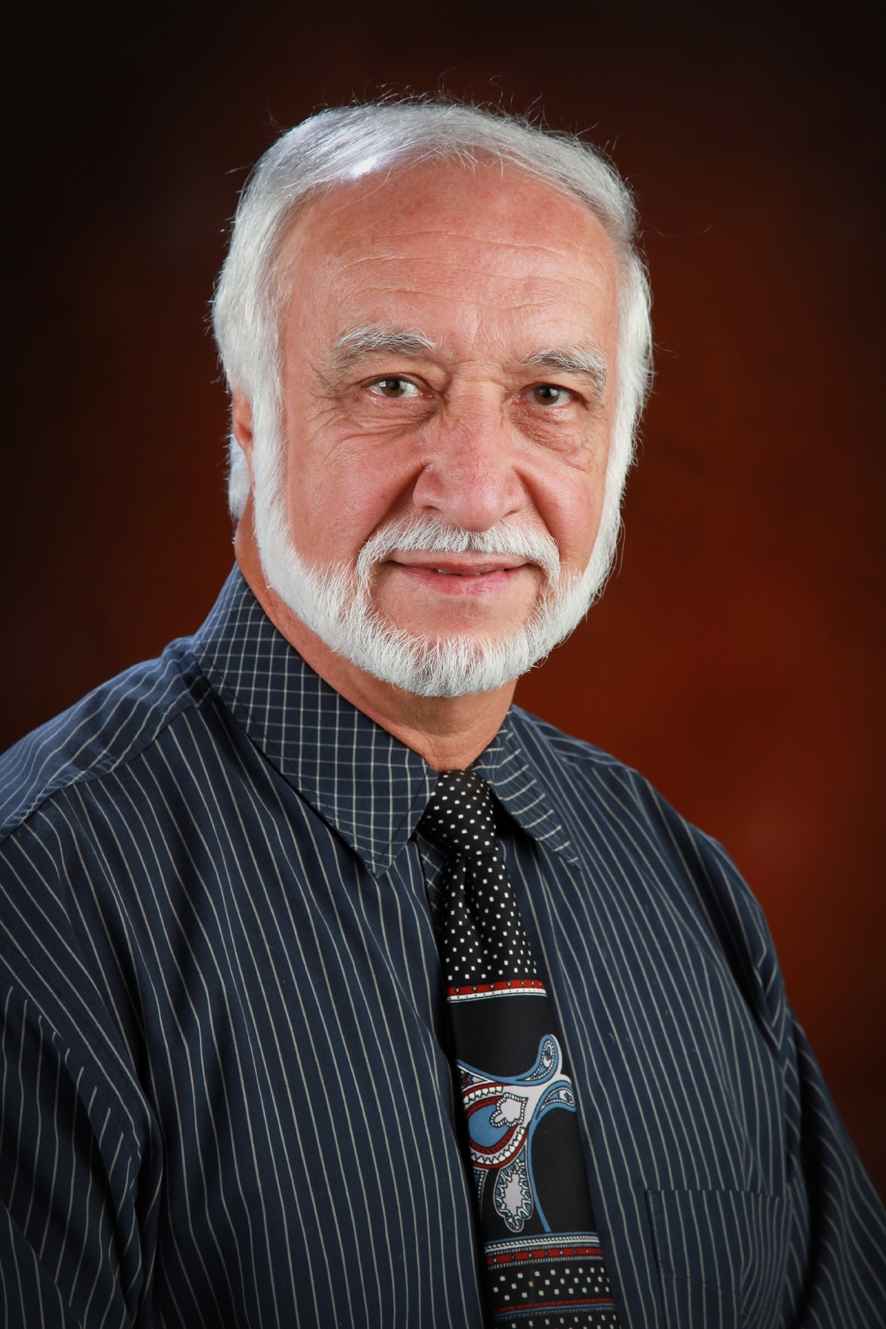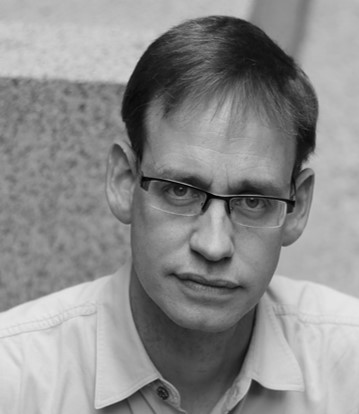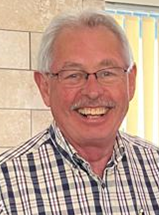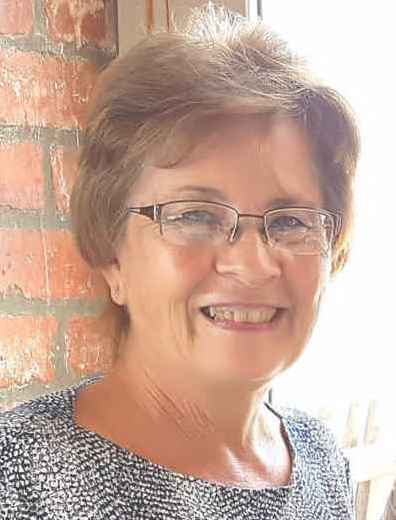A trip to Belarus in search of his Jewish roots
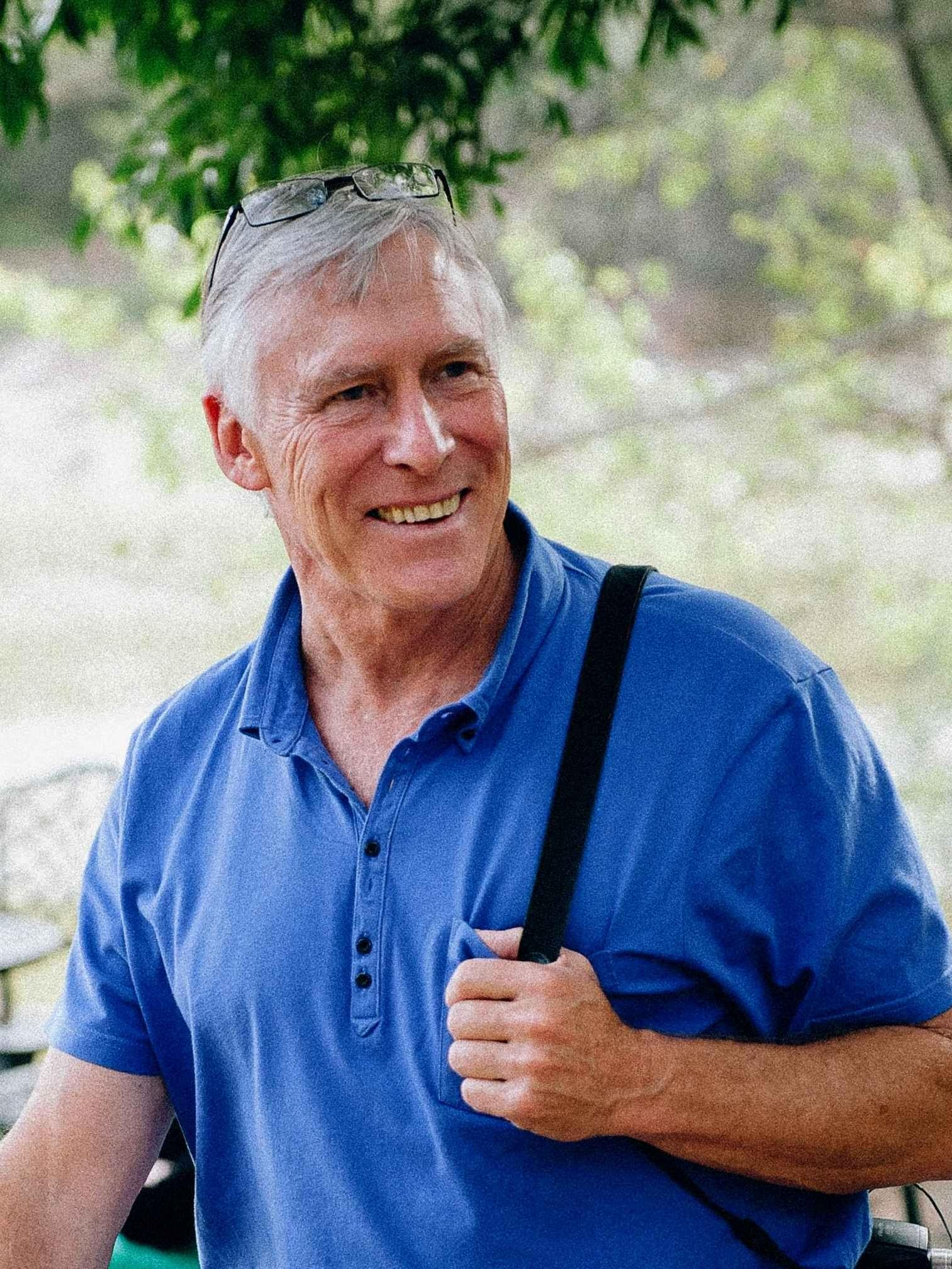 Stan Close, 14 October 2023
Stan Close, 14 October 2023
Stan's wife's maiden name is also Close so one aim of their research was always to trace a family connection.
No such connection was found but Stan did learn that his grandmother's last name was Rosenberg. The web site www.jewishgen.org has comprehensive information on Jewish genealogy.
During 1896, Stan’s grandfather settled with his family in Bulawayo where he was a shoemaker. He later committed suicide and the two youngest daughters subsequently went to the Jewish orphanage in Kensington.
Some years ago, Stan went with his wife, one of his sons and a cousin from London to Belarus to track down his Jewish ancestors. The family’s original surname was Arkin and they moved from Russia to Belarus. During the move the surname was apparently changed, possibly to escape persecution.
Stan’s group followed the route from Vilnius (Lithuania) to three villages in Belarus. They travelled with a guide and translator who spoke five languages. In all the towns they visited, the Jews were wiped out by the Nazis during the Second World War; in Vilnius as well as in Belarus.
The synagogues are now used for other purposes, such as a gym in one case.
Stan spoke about the lives of the ordinary people as they found it; how poor they are and how basic their lives are.
They did come across unexpected jewels, such as a book containing research by a Russian university with names and photos of graves of Jews and a book, Passage to freedom. The book tells the story of Chiune Sugihara, a Japanese diplomat in Lithuania in 1940, and it explains how he used his powers, against the orders of his own government, to assist thousands of Jews in escaping the Holocaust.
The talk was richly illustrated with many photos; archive photos and photos taken during the trip.


 Stan Close, 14 October 2023
Stan Close, 14 October 2023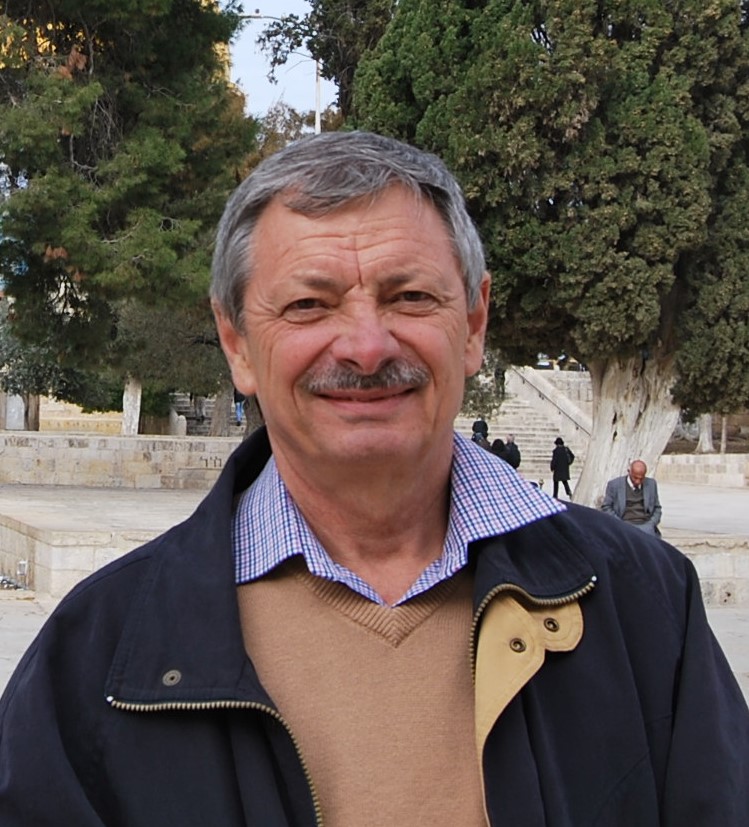 Pierre Dietrichsen, 9 September 2023
Pierre Dietrichsen, 9 September 2023